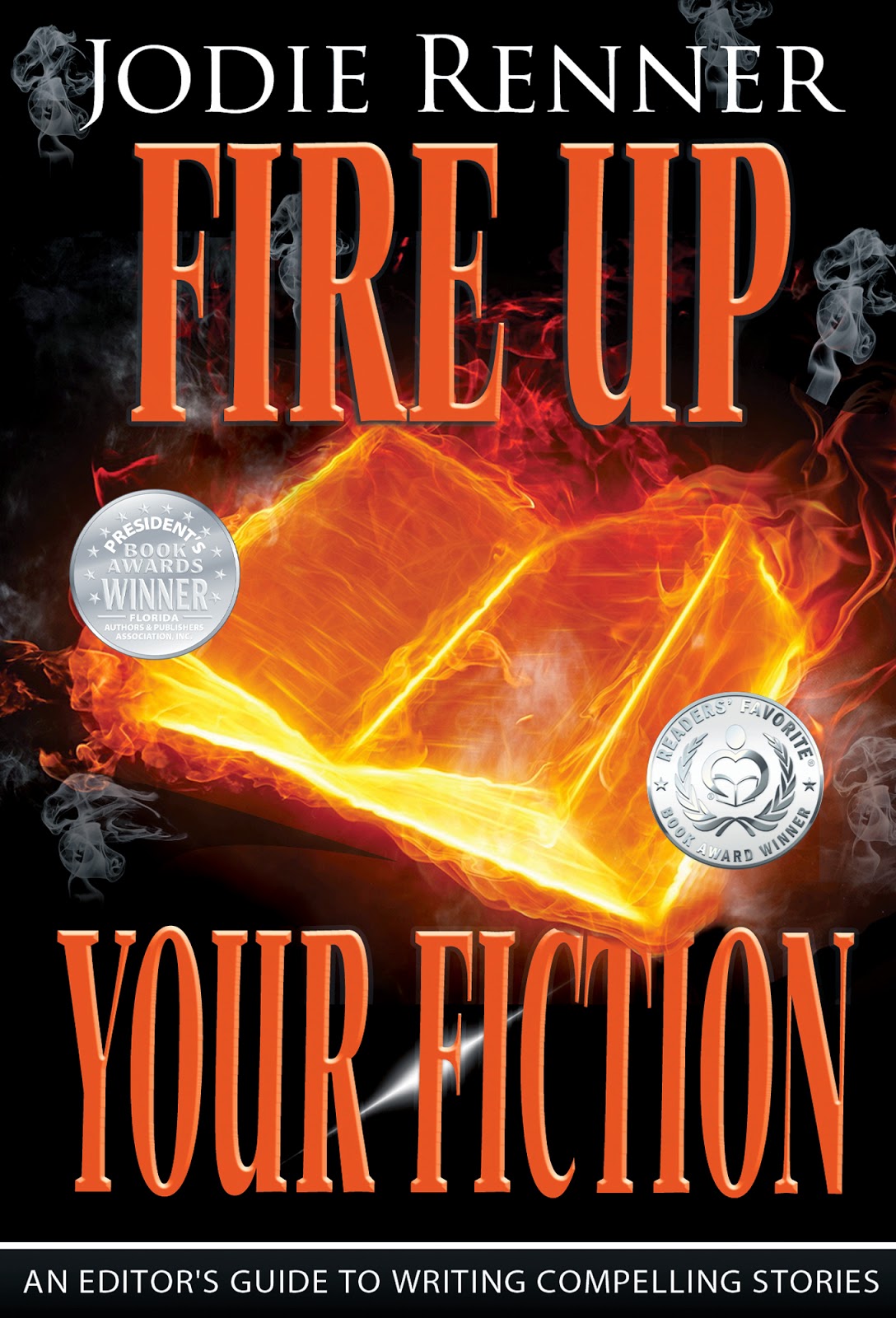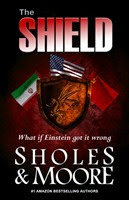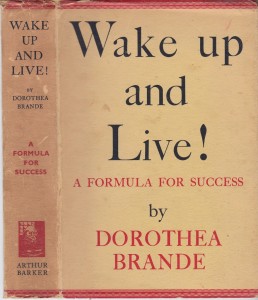 Jodie Renner, editor & author @JodieRennerEd
Jodie Renner, editor & author @JodieRennerEd
If you want your novel, novella, or short story to intrigue readers and garner great reviews, use these 12 steps to guide you along at each phase of the process:
1. Brainstorm possibilities – or just start writing. Make a story map/diagram to decide who (protagonist, antagonist, supporting characters), what (main problem), where (physical setting), and when (past, present future, season). Or just start writing and see where it takes you — but be warned that this “pantser” method (writing by the seat of your pants) will require more editing, cutting, rearranging, revising, (and probably swearing, hair-pulling, and rewriting) later.
2. Write with wild abandon while your muse is flowing. Don’t stop to edit or rethink or revise anything. Just write, write, write! Don’t show it to anyone and don’t ask for advice. Just try to write uncensored until you get all or most of the first draft of your story down. If you get blocked or discouraged, put your writing aside for a bit and go to step 3.
3. Run out of steam? Take a break and hone your skills. Read some highly regarded, reader-friendly craft-of-writing books. Here’s a list of recommended resources for fiction writers. And maybe attend a few writing workshops or conferences (here’s a list of writers conferences in 2015), or join a critique group. Also, read blog posts on effective writing techniques. Check out our resource library here at The Kill Zone (down the right sidebar), as well as blogs like Writer Unboxed, Janice Hardy’s Fiction University (formerly The Other Side of the Story), K. M. Weiland’s Helping Writers Become Authors, Angela Ackerman & Becca Puglisi’s Writers Helping Writers (formerly The Bookshelf Muse), Elizabeth Craig’s Mystery Writing is Murder, Joanna Penn’s The Creative Penn, John Yeoman’s The Wicked Writing Blog, and more. (Add your own suggestions in the comments below this post.)
 4. First revision. Go back to your story and look for possible ways to strengthen your characterization, plot, pacing, point of view, and narration, based on your reading of the various techniques that make up a bestselling novel today. Also, check for continuity, logistics, and time sequencing. Does your basic premise make sense? If the problem/dilemma your whole novel is based on is easily solved, you’ve got work to do! Go through the whole story and revise as you go. Always save the original copies, in case you want to go back and incorporate paragraphs or scenes from them.
4. First revision. Go back to your story and look for possible ways to strengthen your characterization, plot, pacing, point of view, and narration, based on your reading of the various techniques that make up a bestselling novel today. Also, check for continuity, logistics, and time sequencing. Does your basic premise make sense? If the problem/dilemma your whole novel is based on is easily solved, you’ve got work to do! Go through the whole story and revise as you go. Always save the original copies, in case you want to go back and incorporate paragraphs or scenes from them.
5. Distance yourself. Put your story aside for a few weeks and concentrate on other things. Then you’ll have the distance to approach it with fresh eyes, as a reader.
6. Now go through it as a reader. Change the font and print it up. Or send it to your e-reader or tablet. Then be sure to read it in a different location from where you wrote it. With pen in hand, mark it all up.
7. Second revision. Now go back and make the changes you noted while reading.
8. Send it to beta readers, 3-6 volunteers — savvy, avid readers who enjoy your genre. Give them specific questions, like: Were you able to warm up with and start bonding with the main character early on? If not, why not? Do you think the writing style suits the genre? If not, why not? Are there areas where you were confused? What specifically confused you? Are there areas or details that didn’t make sense to you? Why not? Are there any points where your attention lagged, where you felt like putting the book down or skipping ahead? Check out my list of 15 questions for your beta readers – and to focus your own revisions.
9. Third revision. Read through the feedback from your beta readers and strongly consider revising any parts that confused or bored them. Any areas of confusion or other issues mentioned by two or more of your readers should be red flags for you. Revise based on their suggestions.
10. Professional Edit. Now seek out a reputable freelance fiction editor who reads and edits your genre. Be sure to check over their website very carefully and contact some of the people listed as clients or under reviews or testimonials. And get a sample edit of at least 5 pages of your story – not someone else’s.
11. Final revisions based on the edit. Read your story out loud or use text-to-speech software to have it read aloud to you. This will help you pick up on any awkward phrasing or anywhere that the flow is less than smooth. If you bumble over a sentence or have to read it again, revise it for easier flow. (Do this at any stage of your story.)
Also, either before the professional edit or after, try changing the double-spacing to single-spacing and the size to 6” x 9” (e-reader size) and sending your story to your Kindle or other e-reader. Then read it on there, as a reader rather than a writer, but with a notebook beside you. See what jumps out at you that should be changed.
12. Get a final proofread of it, if you can afford this step, or perhaps you’ve made arrangements for your copyeditor to do another, final pass to go over your revisions, looking for any new errors that may have cropped up as a result of the revisions. (I edit in sections, and each section goes back and forth with the author at least 2 or 3 times.)
Now your story should be ready to send to agents and acquiring editors or to publish yourself. Good luck with it! Hope it enthralls readers and takes off running!
Do you have any essential steps to add or emphasize? What about more great blogs to help writers hone their skills? We always value your input!

Jodie Renner is a freelance fiction editor and the award-winning author of three craft-of-writing guides in her series An Editor’s Guide to Writing Compelling Fiction: Captivate Your Readers, Fire up Your Fiction, and Writing a Killer Thriller. She has also published two clickable time-saving e-resources to date: Quick Clicks: Spelling List and Quick Clicks: Word Usage. You can find Jodie at www.JodieRenner.com, www.JodieRennerEditing.com, her blog, http://jodierennerediting.blogspot.com/, and on Facebook, Twitter, and Google+.








